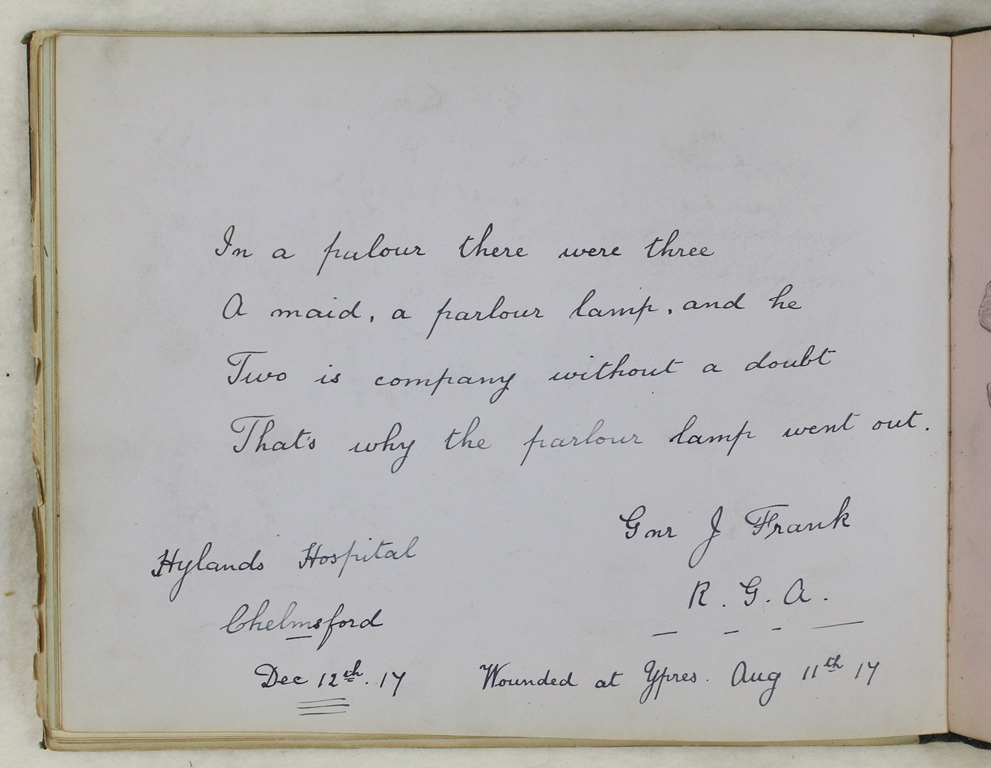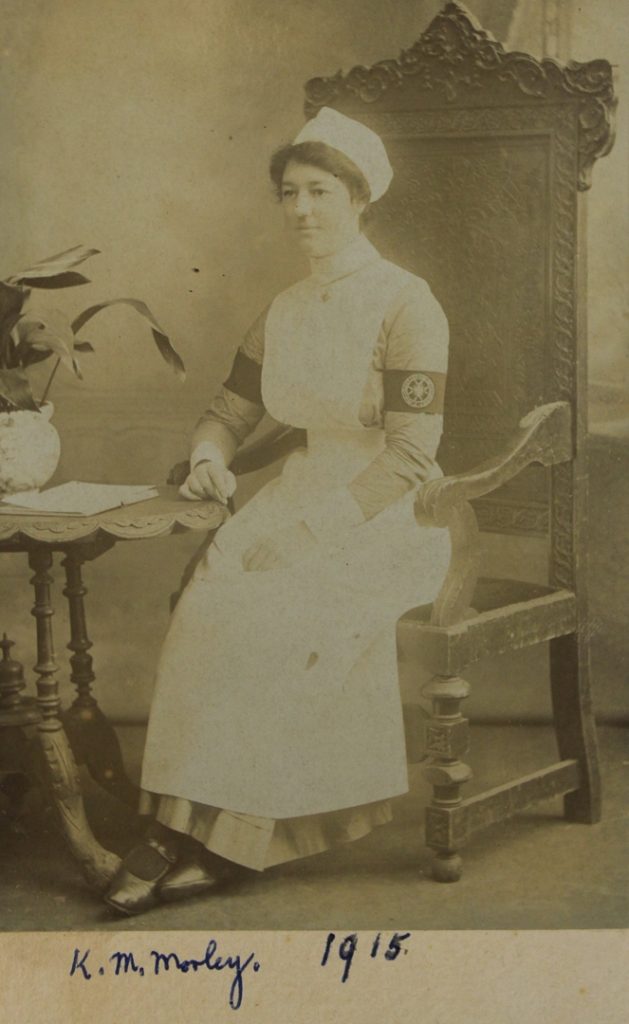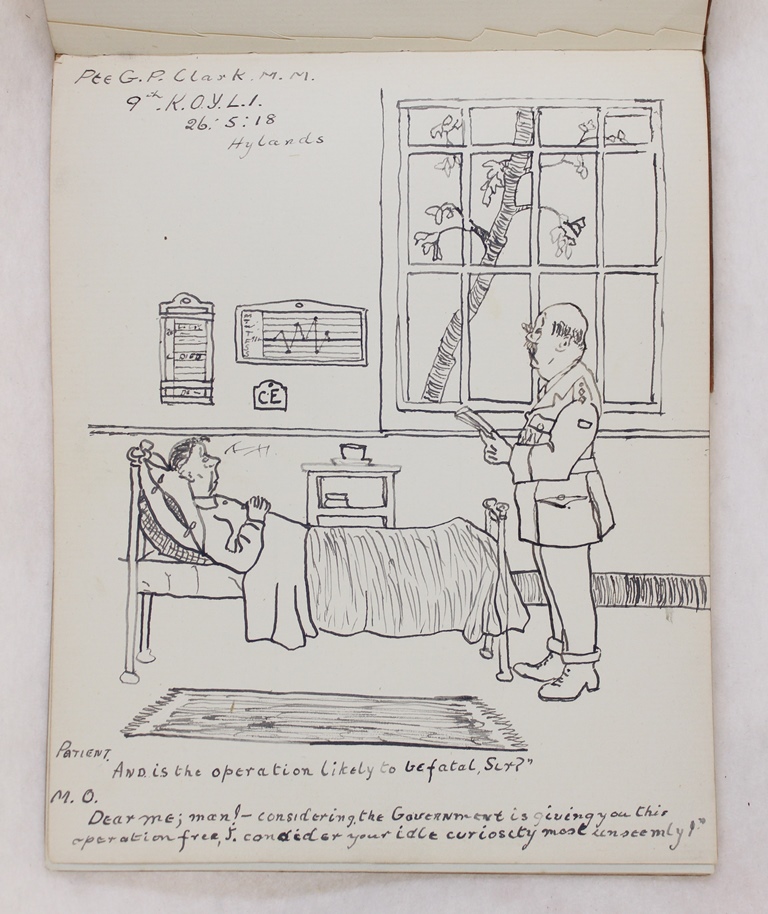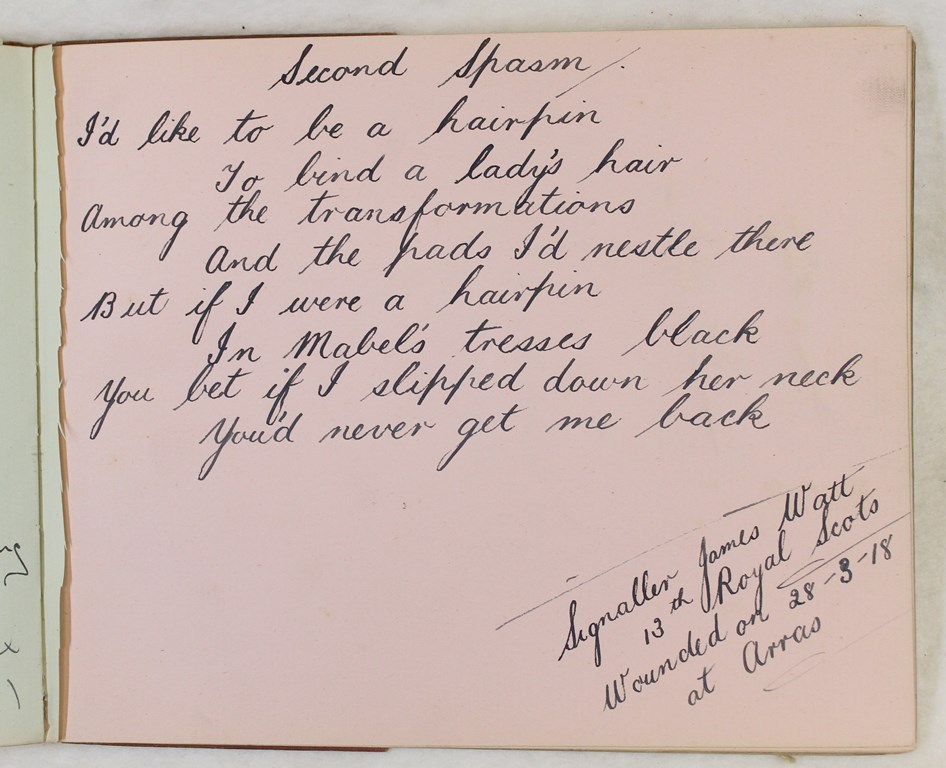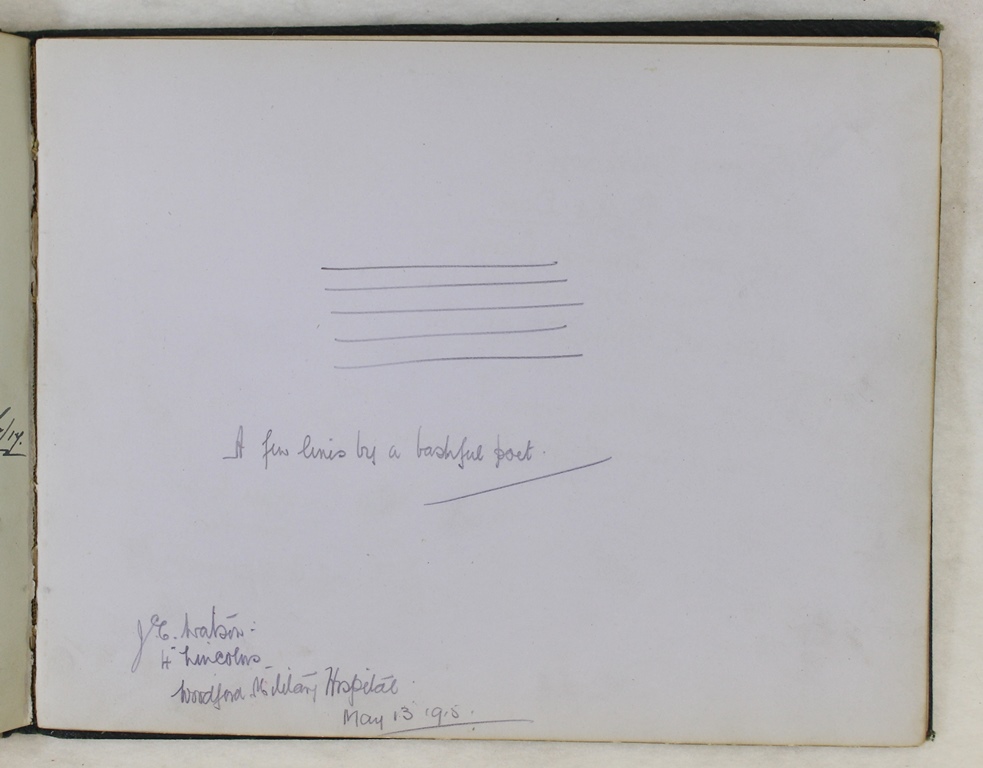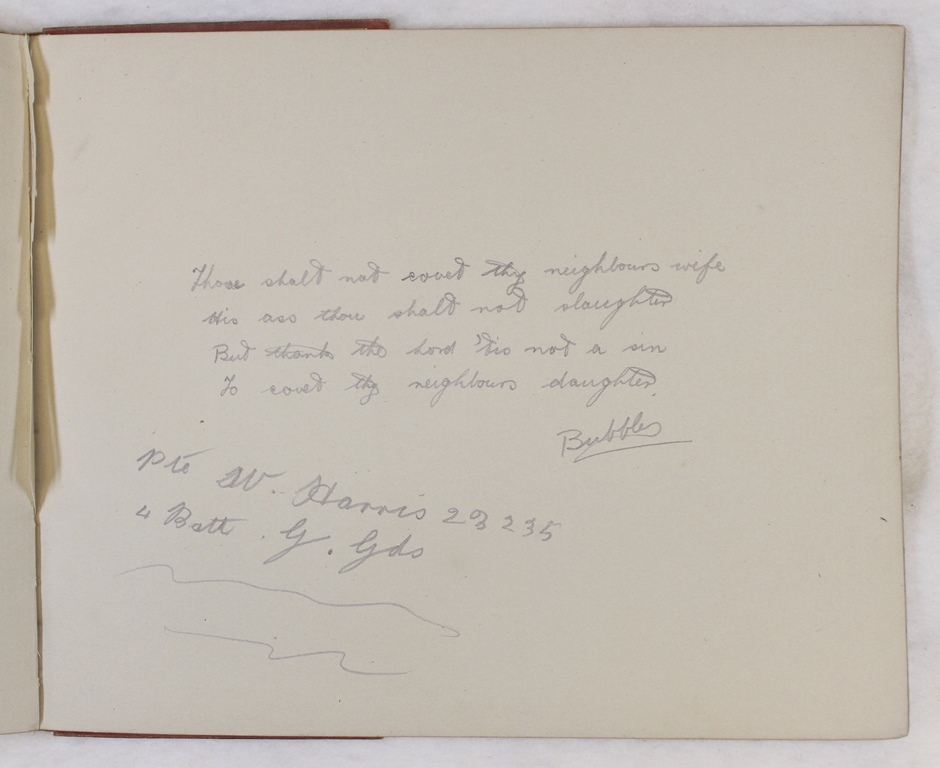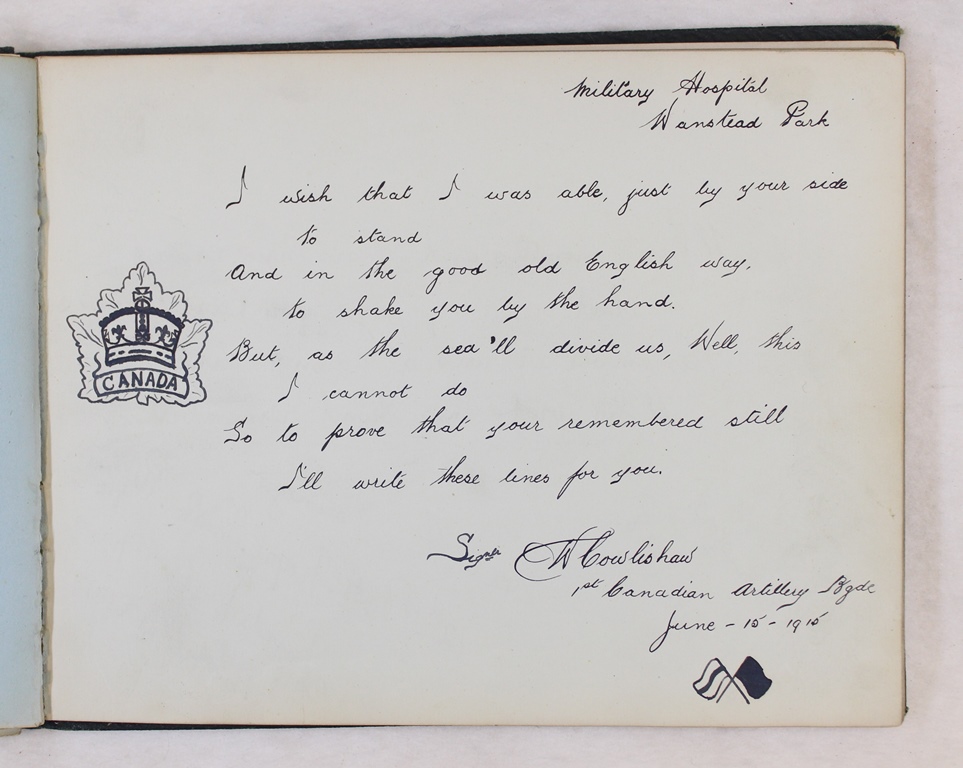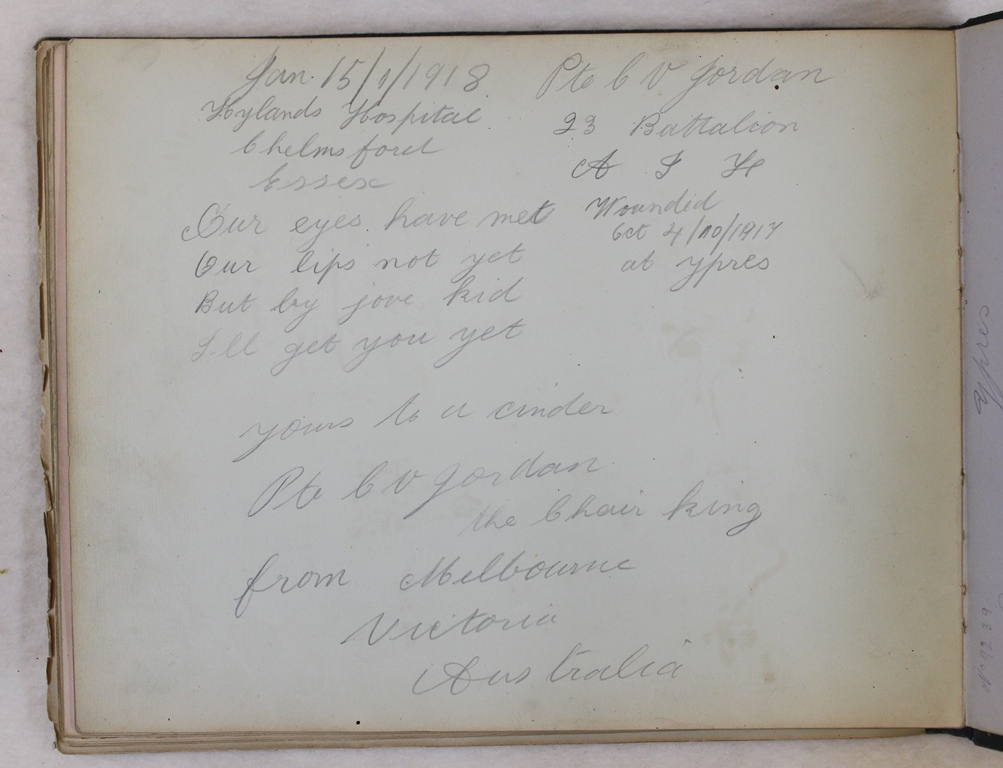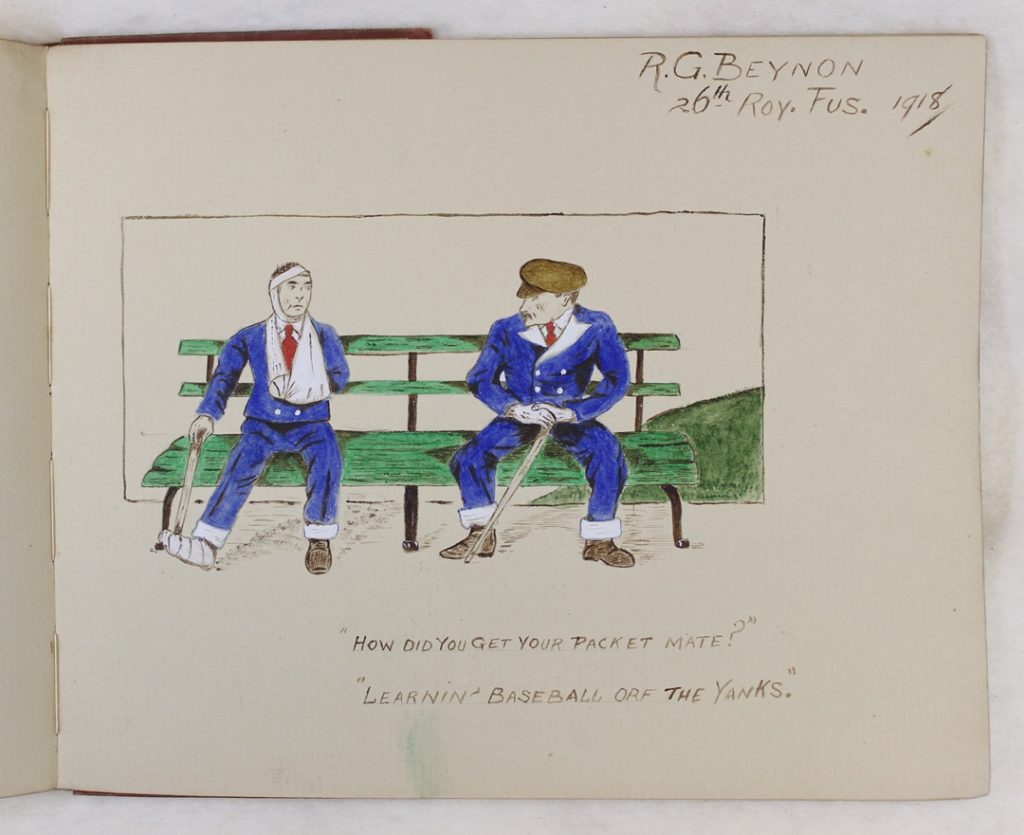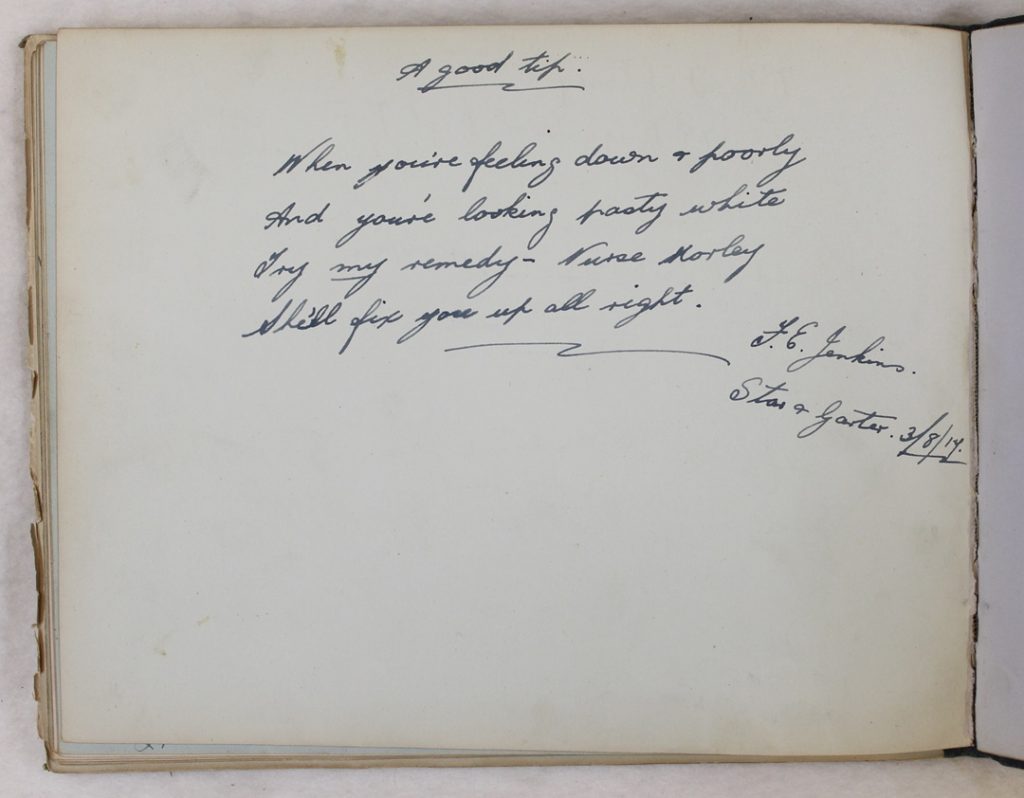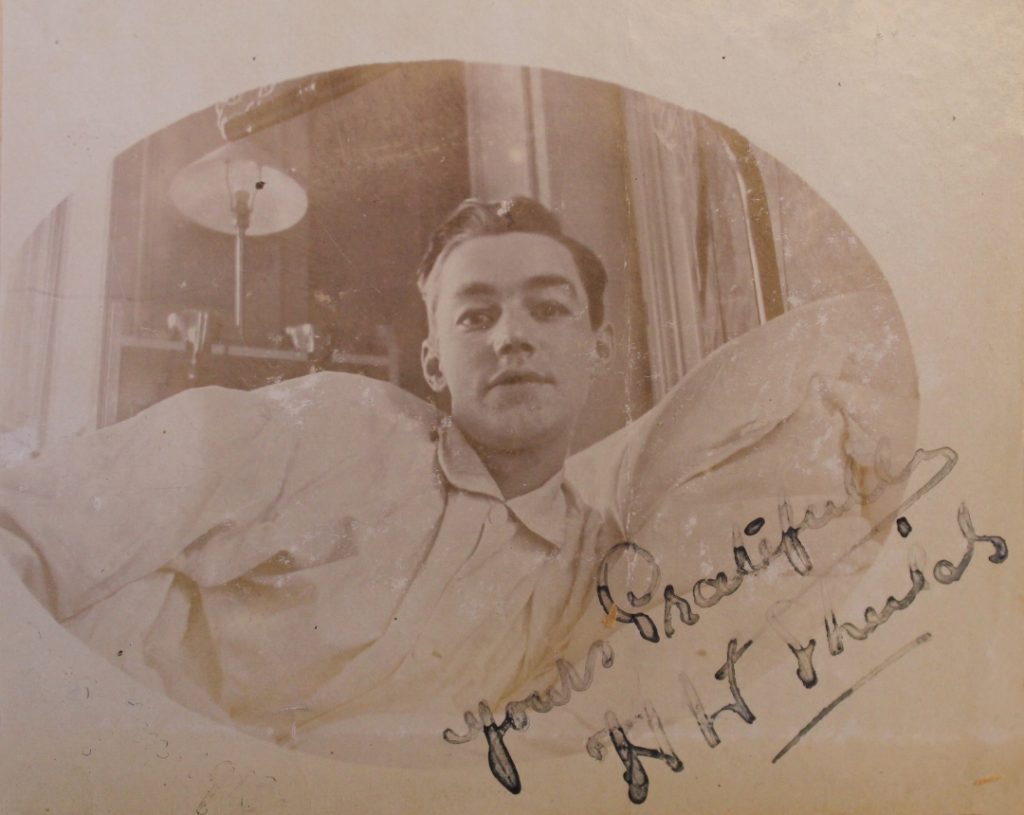We are fortunate to have a wonderful library collection here at ERO, including everything from AA Command: Britain’s air defences of the Second World War by Colin Dobinson, to Zillah’s Village: A Family’s Record of War and Peace in Rural Essex by Mark Roberts.
The ERO reference library is made up of books and other publications mostly about – you guessed it – Essex. We have local histories, biographies, social histories, economic histories, population studies, and lots more.
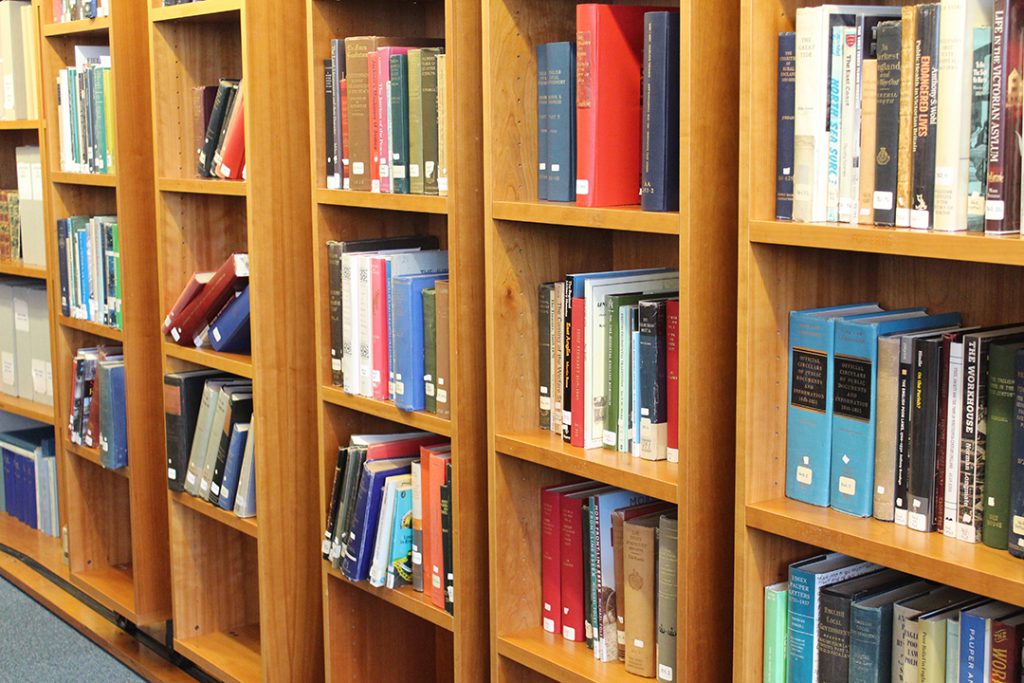
Our library recently joined the digital age, having graduated from our old index card system, onto our online catalogue, Essex Archives Online (EAO), which should make it much easier to find out if we have a particular book, and where you can find it on the shelves. Details of some 6,000 individual titles are now available on EAO, including all of the books in the Searchroom, and the older and more fragile books we keep in our document stores.
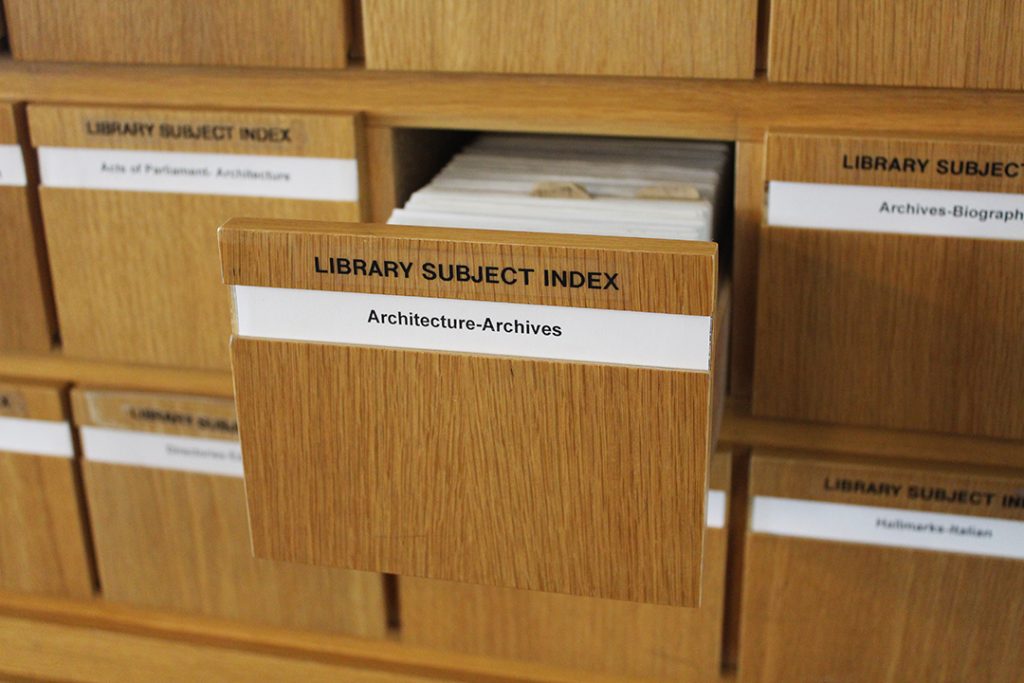
This has only been made possible by the mammoth effort over several years by our dedicated volunteers, who have worked through every single item in our library and added its details to a database. A big thank you to all everyone who has worked on this and made our library so much easier to use!
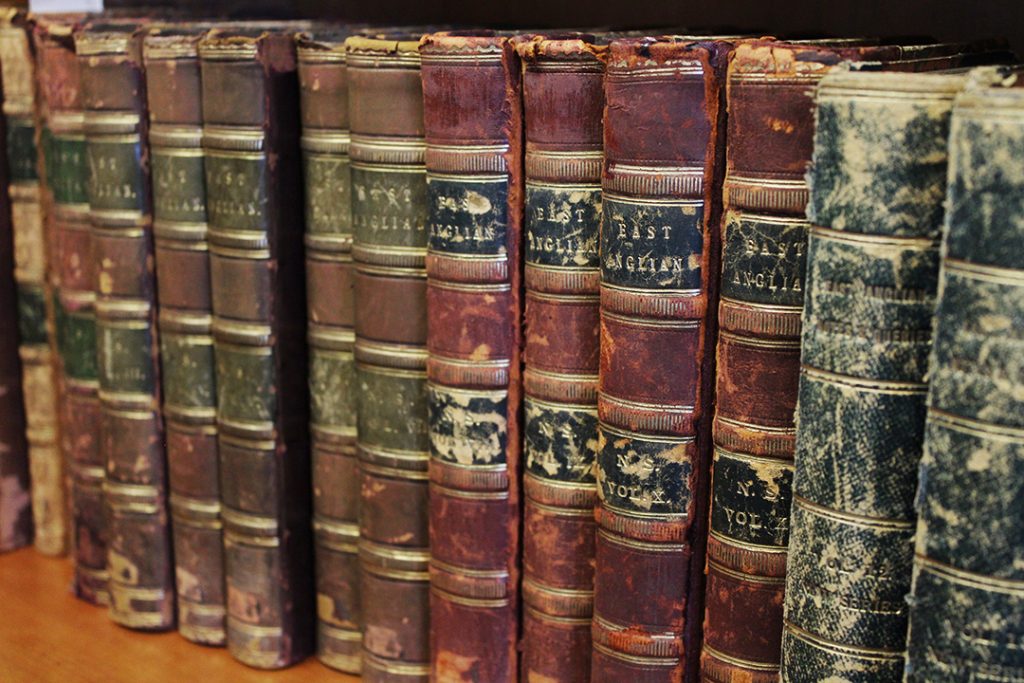
Some of our more historic library items
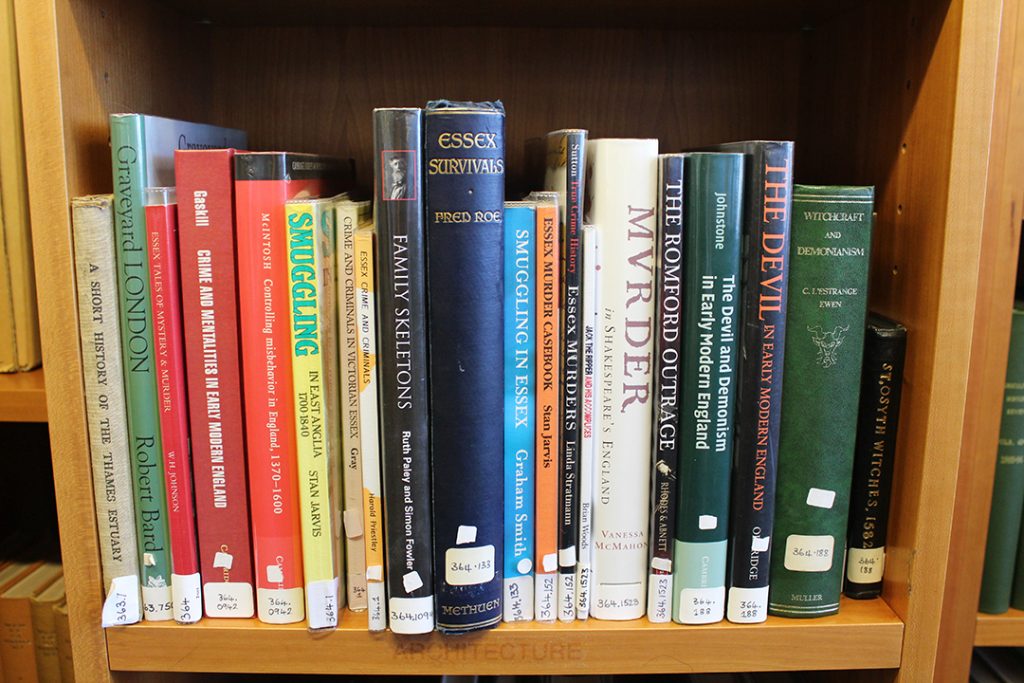
A particularly murderous shelf
To search for a book, simply type in key words of the title or author on Essex Archives Online (EAO) to see if we have it. When you find what you are looking for in the search results, the book’s entry will tell you whether it is on open shelving in the Searchroom, or stored in our stacks. Researchers can help themselves to the books on the open shelves, and items in the stack can be ordered in the same way you order archive documents.
While there is no subject index as such on EAO, you can see what we have for each Dewey category by typing this into the document reference box beginning with LIB/ – for example, a search for LIB/942.67 will bring up general books about Essex history. There is also a paper subject index at the Searchroom help desk to which you can refer to find the relevant class number.
We are also very grateful to donors of books for the library – here are a few of our recent additions.
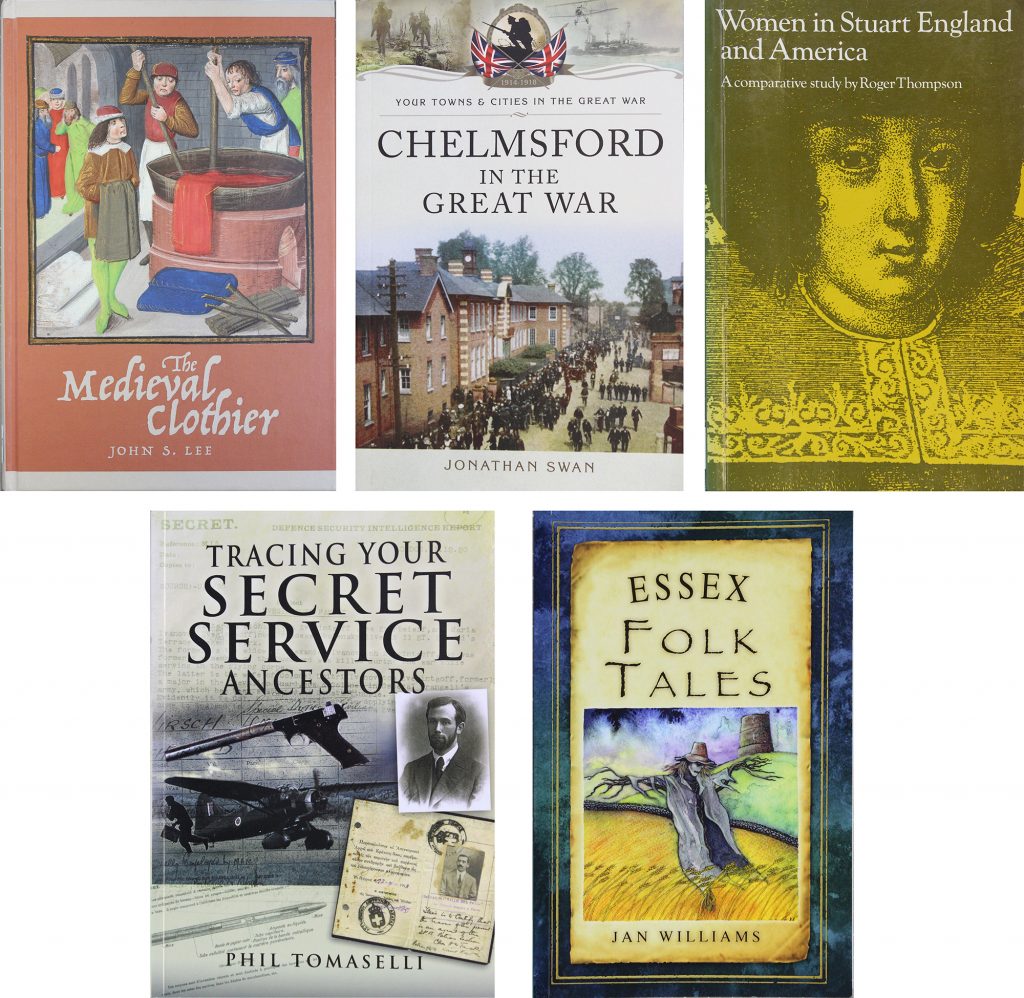
In addition to the books, the library also includes over 9,000 pamphlets covering all sorts of topics, and the next phase of our library project will be to add these to EAO as well.
Happy reading!



